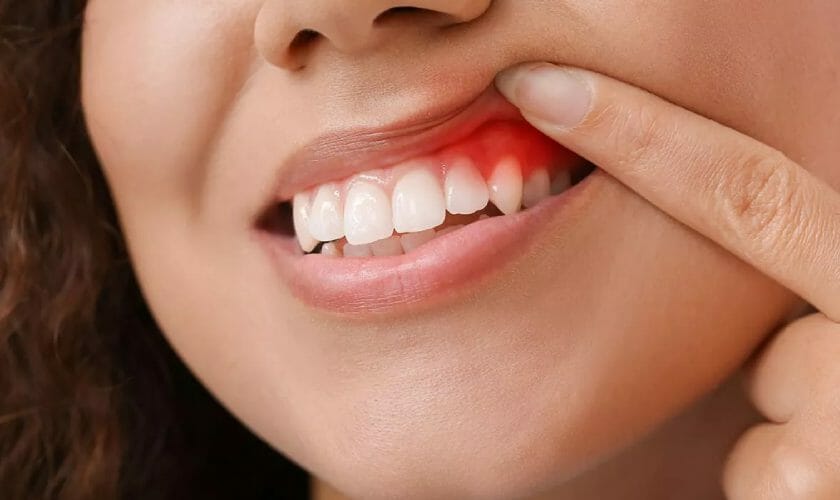Brushing and flossing your teeth daily, as well as seeing the dentist regularly, will help maintain your teeth healthy and strong. However, regular dental hygiene is beneficial not just to your teeth but also to your gums. Regular oral examinations allow your dentist to discover gum disease in its early stages and treat it before it worsens. Untreated gum disease can leave you with infections and damaged gums that require surgery if you neglect regular dental checkups for an extended period.
What is periodontal surgery?
Gum Surgery, also known as Periodontal Surgery, is performed to treat the gums’ damage to the tooth and dental-related regions of the mouth. People may regard gum surgery as a cosmetic treatment; yet, there are several reasons why it should not be avoided. Gum surgery is performed on a patient to avert significant consequences such as
- Tooth Loss Excessive
- Tissue and Bone Damage
- Interdental spaces
- Infections caused by Bacteria and Viruses
How are gum diseases treated?
The goal of periodontitis therapy is to properly clean the pockets around teeth while preventing bone deterioration. You have the highest chance of success if you also practise proper oral hygiene daily, address any health concerns that may affect your dental health, and quit smoking.
Nonsurgical therapies
If periodontitis is not progressed, therapy may include less invasive procedures such as:
- Scaling- Scaling eliminates tartar and bacteria from the surfaces of your teeth and beneath your gums. It can be done with instruments, a laser, or an ultrasonic device.
- Root planing- Root planing smoothes the root surfaces, discouraging future tartar and bacteria buildup, and removes bacterial byproducts that cause inflammation and impede gum healing or reattachment to the teeth surfaces.
Surgical procedures
If you have advanced periodontitis, you may need to have dental surgery, such as:
- Flap surgery- Your gums are pulled up to allow the surgeon access to tartar deep beneath your gum line. The gum is then stitched back into place so that it is tight around the tooth, preventing more tartar from accumulating.
- Soft tissue grafts- This technique strengthens weak gums or fills gaps where gums have receded. Grafted tissue, which is usually taken from the roof of the mouth, is sewn into place, adding tissue to the damaged area.
- Bone grafting- This technique involves replacing bone damaged by gum disease with fragments of your bone, synthetic bone, or donated bone. The grafts act as a platform for bone development, restoring tooth stability. Tissue engineering is a new technology that stimulates your own body to rebuild bone and tissue at a faster rate.
- Tissue regeneration with guidance- This enables the regeneration of bone that has been damaged by germs. In one method, your dentist will insert a particular piece of biocompatible fabric between your tooth and existing bone. The substance keeps undesirable tissue out of the healing area, allowing bone to regrow instead.
- Proteins that stimulate tissue growth- Another method is to apply a specific gel to a sick tooth root. This gel contains the same proteins present in tooth enamel development and promotes the creation of healthy bone and tissue.
We hope this blog has helped you learn more about gum disease and how it is treated. Maintaining healthy gums is essential to your overall health. Gum surgery can reduce the possibility of tooth loss and future gum deterioration. So, if you want the best gum surgery and treatment in SPRINGFIELD, MO, come to Kelly Dental. Please contact us as soon as possible!

